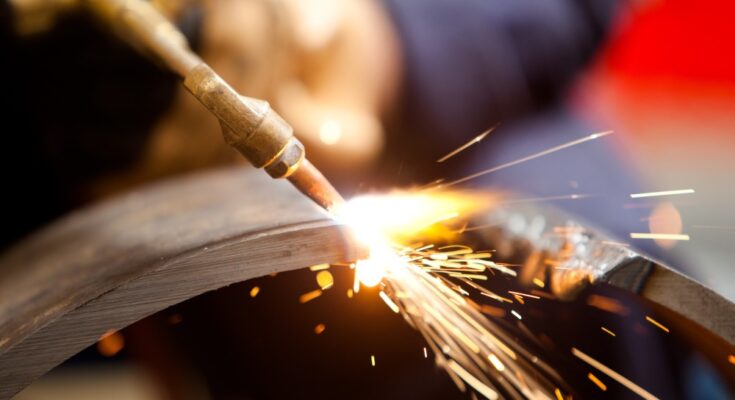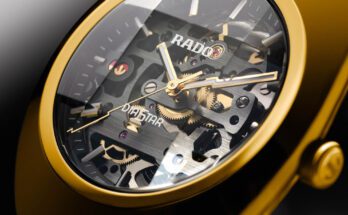Welding is more than sparks and molten metal; it’s an art that relies on the interplay between heat and motion. From skyscrapers to spacecraft, welded joints are everywhere, and their strength depends on something you might not expect: how fast a welder moves their torch.
Go too fast, and you risk a weak, brittle weld. Too slow? You might distort the metal entirely. So what’s going on here? Let’s dive deep into the connection between welding speed and heat input.
The Basics: What Is Heat Input in Welding?
In welding, heat input refers to how much energy flows into the material as it joins. That heat doesn’t just melt the metal; it changes the structure of the surrounding area, known as the heat-affected zone (HAZ). The size and quality of this zone alter the strength of a weld.
As noted by Geeks for Geeks, the formula for calculating heat input looks like this:
Heat input (kJ/in) = (volts × amps × 60) ÷ (travel speed in inches per minute × 1,000)
Here’s the key idea: if you slow down your travel speed, you pour more heat into the joint. If you speed up, you reduce the heat. And that seemingly small adjustment can have big consequences.
What Happens When Welding Is Too Slow?
Welding slowly might seem like the safe choice—it ensures the joint gets hot enough, right? Slower welding speeds create a larger heat-affected zone. This weakens the metal near the weld, reducing its resistance to cracking or corrosion. On materials like stainless steel, too much heat destroys its natural ability to resist rust.
In short, too much heat causes distortion, weakens the material, and makes the whole weld less reliable.
What Happens When Welding Is Too Fast?
Speeding up has the opposite effect. When you rush a weld, there’s not enough time for the heat to fully fuse the materials together. That leads to shallow welds that crack under stress or fail to hold at all.
Rapid cooling also makes the surrounding metal harder and more brittle—great for a blade, but not so great for a structural weld meant to flex or endure pressure.
So What’s the Right Speed?
Like most things in welding, the ideal speed and heat input depend on the material you’re working with. Some metals, like mild steel, tolerate a wider range of conditions. Others, like stainless steel or high-strength alloys, require tighter control.
Mild steel is more forgiving and can handle a range of settings. Stainless steel or aluminum, on the other hand, need greater precision to avoid warping, cracking, or compromising corrosion resistance.
That’s why balancing heat input for reliable welds is so important. Welders often run tests, adjusting voltage, amperage, and travel speed until they strike the right combination. The goal is always the same: enough heat to properly fuse the metals without damaging the surrounding area.
Why It Matters
Understanding the connection between welding speed and heat input isn’t just for engineers; it keeps bridges standing, pipelines sealed, and airplanes in the air. Professional welds balance speed, heat, and strength.



